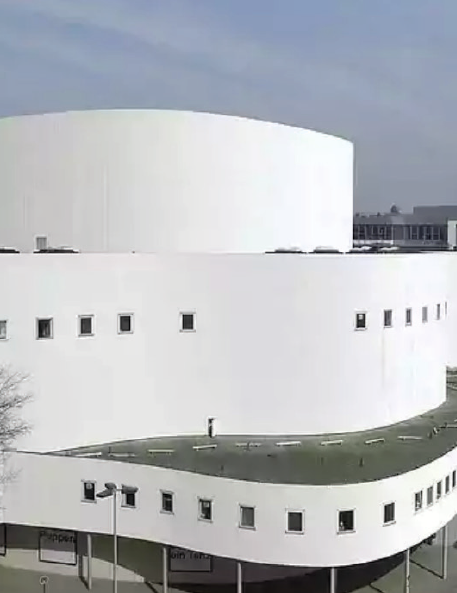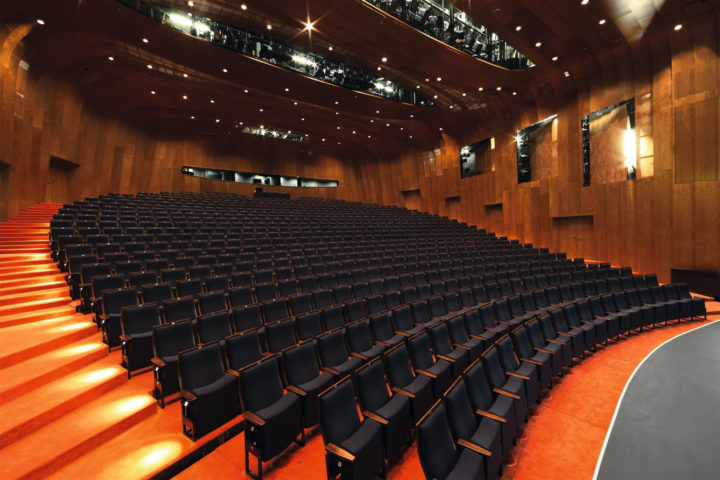Like any modern theatre, the Düsseldorfer Schauspielhaus’s goal is to keep pace with ever-increasing demands from production teams. And in the case of a multi-space complex such as this, an agile digital infrastructure, with multiple routing options and optimum interconnectivity, is paramount.
The theatre’s technical team recently upgraded its Optocore network, originally installed back in 2011, to a far more advanced, and future-proof system. This has brought their previous analogue set-up entirely into the digital domain, and at the same time increased their connectivity.
These efficiencies have also created side benefits, such as faster change-over and set-up times, in turn enabling longer rehearsal times. The latest integration, undertaken by Amptown System Company GmbH (ASC), was overseen by the Theatre’s Tonmeister (and Deputy Head of Sound), Torben Kärst, who designed the audio system.
This has seen the installation of Optocore M-series MADI boxes in both the large and smaller theatres, and an AutoRouter (in the latter).
“The installation was about achieving increased routing options, better sound quality, an increased channel count and greater flexibility,” he states. “In theatre, if a director has an idea he/ she wants to try out, the scenario is expected to be delivered in minutes. And in terms of transmission it is also mandatory to keep system latency as low as possible,” Kärst continues.
“This is where Optocore is absolutely the market leader. In addition, there are advantages of reliability and the small form factor of the devices so you can easily build large decentralised systems. This is why Optocore was the choice for us.”
The three-building complex itself includes the main theatre at Gustaf-Gründgens-Platz (GGP), housing an 800-seat main auditorium, a 350-seat smaller studio theatre and U’haus (a small cellar stage).
All the locations at GGP are now on an Optocore network. The original Optocore installation had increased routing options in the large theatre, and opened a gateway to the future.
“But it was always our intention to upgrade the small hall as well, and have access to the same features we have in the larger space,” reveals Kärst. “The idea of a new ‘house loop’ came later and was the culmination of the intensive work the team had carried out on the future orientation of the audio technology in the theatre.”


